For such a small seed, chia seeds contain some pretty astounding nutrients. It is for this reason that they have grown immensely popular over the last few years.
What Are Chia Seeds?
Chia seeds are tiny black and white seeds that come from the Salvia hispanica plant – a member of the mint family that comes from Central and South America. The name “chia” is said to come from the Mayan word for strength, which makes sense given then ancient Aztecs and Mayans used chia seeds as a source of energy (1).
Why Should You Eat Chia Seeds?
Chia seeds contain some incredible numbers when it comes to nutrient content per ounce (especially when compared to other popular foods).
Just two tablespoons of chia seeds contains about 9 grams of fibre. The daily recommended amount of fibre is 30 grams, so you can see how easily this adds up. The fibre in chia seeds helps bulk up your stool, can improve digestion and can help you feel more full. They are also rich in omega-3 fatty acids, manganese, phosphorous and protein (2).
Chia seed gel is also great for controlling blood sugar. It helps slow the digestion of sugars by creating a barrier between carbohydrates and digestive enzymes. The result? A steady release of energy instead of sugar highs and lows. This makes them particularly great for diabetics.
Chia seed gel helps to keep you hydrated, too. Their ability to absorb water and turn into a gel means that they also help your body retain water and electrolytes (which is great for athletes and active children).
Turning chia seeds into a chia gel is much more beneficial for your stomach and digestive tract than eating them in their dry state. Soaking chia seeds for at least 10 minutes in water before you consume them will prevent you from getting dehydrated (yes, I mentioned above that they keep you hydrated, but that effect takes place when they are pre-gelled). Eating dried chia seeds will make them absorb any excess water in your body, and could make you very thirsty.
And while we’re on the topic of digestion, chia seed gel gives your stool the bulk it needs to clear away any old debris lurking in the micro-folds and villi of the digestive tract. Using chia seed gel regularly is a great way to keep you regular and prevent constipation.
A couple other reasons to invest in chia seeds is that they are inexpensive, versatile (can be put in smoothies, juices, soups, salad dressing, pasta sauce, etc.) and celiac-friendly. A 1 pound bag of chia seeds costs roughly $8-10, and 2 ounces of dry chia seeds makes 17 ounces of gel. That’s $1 per 17 ounces of gel, which could last well over four days. It is highly worth it, in my opinion.
Additional Benefits of Chia Seeds
Thanks to the high fibre content in chia seeds, they have a stabilizing effect on blood sugar, which fights insulin resistance and promotes weight loss. Insulin resistance is linked to an increase in belly fat, so making sure this effect doesn’t take place is important for a healthy body.
Chia seeds are also loaded with antioxidants, which make them great at fighting free radicals in the body, as well as inflammation (which normally contribute to chronic disease like cancer and heart disease).
The calcium, manganese and phosphorous levels in chia seeds are also excellent for bone health, and can help prevent osteoporosis and brittle bones.
Not only that, but chia seeds contain the amino acid tryptophan, which helps regulate appetite, promotes better sleep, and improves mood (3).
How To Use Chia Seeds
Chia seed gel is relatively easy to make, and you can even use coconut milk to give it a more creamy consistency, or make chia seed pudding if you please (it’s darn delicious!).
You can make your own chia gel by soaking 1/3 cup chia seeds in 2 cups of water or coconut milk and letting it sit in a sealed glass container overnight (be sure to give it a stir before, too!).
Chia seed gel, when made with water, can last for up to 3 weeks in the fridge! It can be used in smoothies and desserts, or just eaten plain on its own.
Chia seed gel is also a great egg substitute if you grind the chia seeds first and then soak in water!

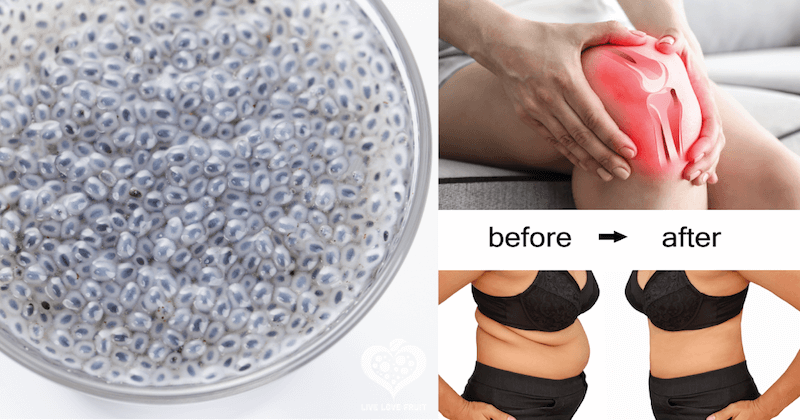

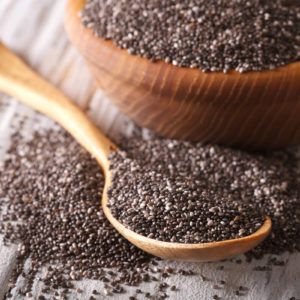
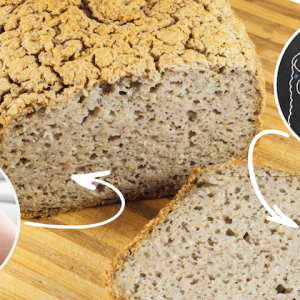

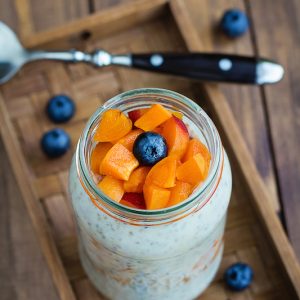
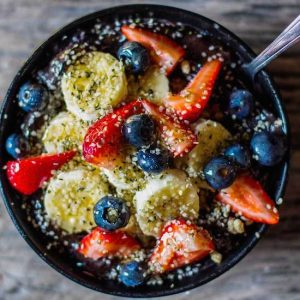


Leave a Reply